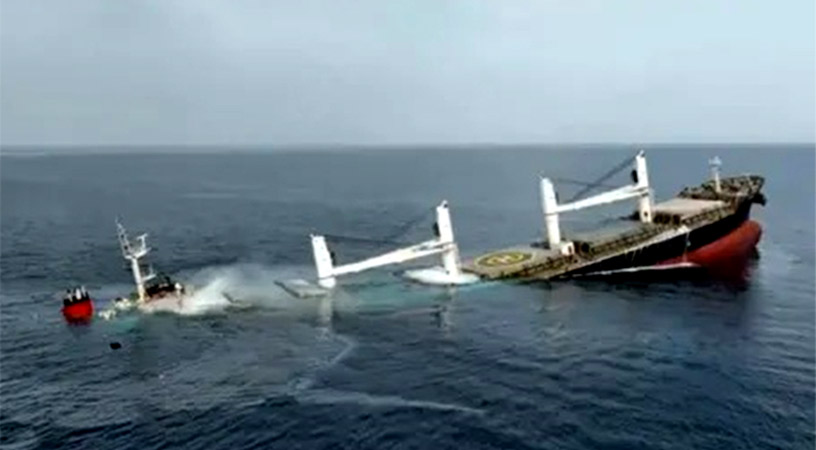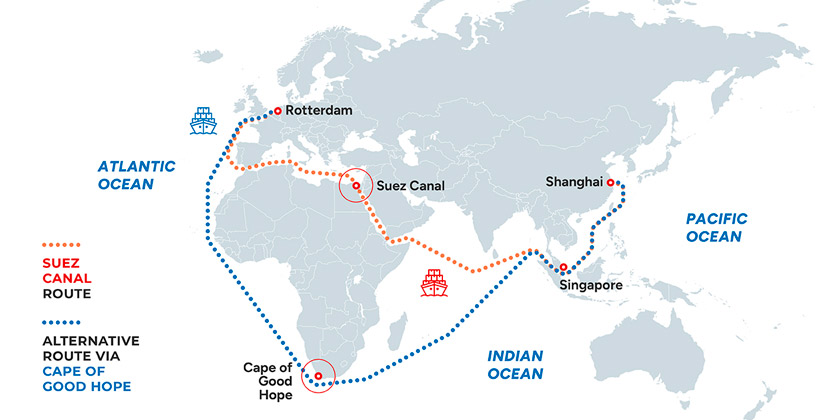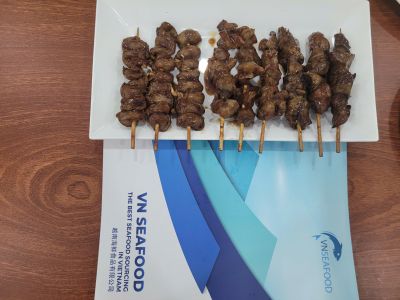According to Official Letter No. 925/XNK-TLH dated August 7, 2025, the Ministry of Industry and Trade has issued a warning about the increasing risk of attacks on cargo vessels in the Red Sea, directly affecting Vietnam’s supply chains—particularly those serving Europe, the Middle East, and Africa.
In light of this situation, businesses are advised to review shipping schedules, closely coordinate with logistics partners and shipping lines to assess risks, and develop timely contingency plans to minimize cargo disruptions.

Red Sea tensions trigger a global surge in freight rates
Since late 2023, tensions in the Red Sea have escalated, particularly due to repeated attacks on commercial vessels by Houthi forces. This has caused serious disruptions along the vital Bab-el-Mandeb Strait, the Suez Canal, and the Gulf of Aden.
For Vietnam, this is a strategic shipping route for goods bound for Europe, the Middle East, and Africa. Disruptions in the Red Sea region have led to:
- Rerouting of shipping lanes: International shipping lines are forced to divert via the Cape of Good Hope (South Africa), extending transit times and increasing fuel and operating costs, estimated at around USD 1 million per voyage.
- Sharp rise in freight rates: Asia-Europe and Asia-Mediterranean routes have seen freight increases of 200%–400% compared to pre-conflict levels.
- Insurance and surcharge spikes: Insurers have raised risk alerts for the Red Sea, driving up insurance premiums and potential surcharges, significantly impacting overall logistics costs.
- Transport capacity shortages: Rerouting via the Cape of Good Hope extends transit by 10–14 days, reduces available vessel slots, and creates scarcity in shipping capacity.
- Pressure on the global trade system: Strategic goods such as electronic components, medical equipment, and pharmaceuticals face localized shortages in major markets.
- Cargo safety risks: There is an increased risk to goods if shipping lines or ports are located in affected areas.
Proactive measures to ensure business continuity
With Red Sea tensions showing no signs of easing, businesses can mitigate negative impacts and maintain seamless import-export operations through the following key measures:
- Supply chain and shipping schedule review: Assess all shipments passing through the Red Sea or high-risk ports and anticipate bottlenecks to adjust plans promptly.
- Enhanced coordination and support: Establish 24/7 communication channels between customers, shipping lines, and logistics partners, providing early alerts on freight rate hikes or surcharge changes.
- Early booking and transport capacity assurance: Work directly with shipping lines to forecast demand, secure priority slots, and establish strategic contracts to lock in capacity even in volatile markets.
- Route and transport diversification: Recommend rerouting via the Cape of Good Hope or transshipment at secure ports. Allocate goods based on priority and suggest Sea-Air or Sea-Rail solutions for urgent or high-value shipments.
- Risk assessment and cost optimization: Advise suitable insurance coverage, conduct comprehensive analysis of factors affecting freight rates, establish contingency logistics budgets, and manage financial risk.

Global logistics partner for uninterrupted supply chains
With global coordination capabilities, experienced personnel, and thousands of international shipments handled annually across Asia-Europe, Asia-America, and Middle East-Africa routes, businesses can rely on proactive support to ensure cargo is transported safely, on time, and cost-efficiently—minimizing disruptions and maintaining seamless supply chains amid market volatility.





